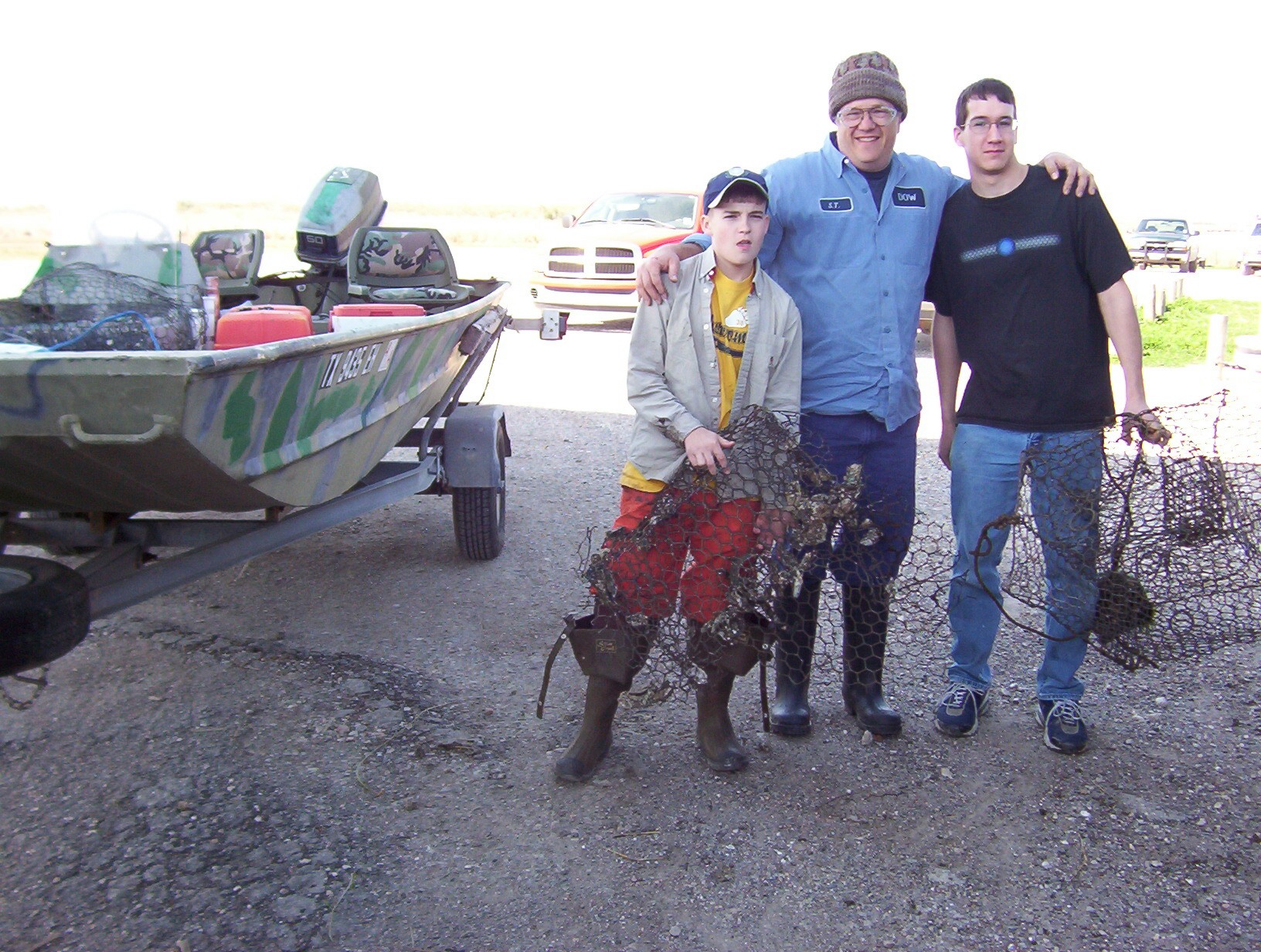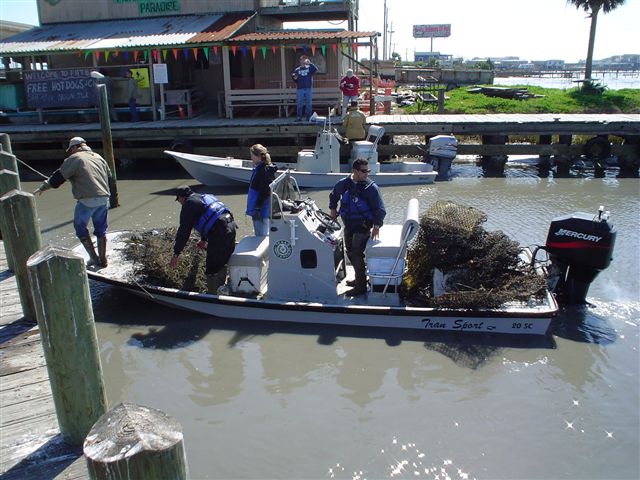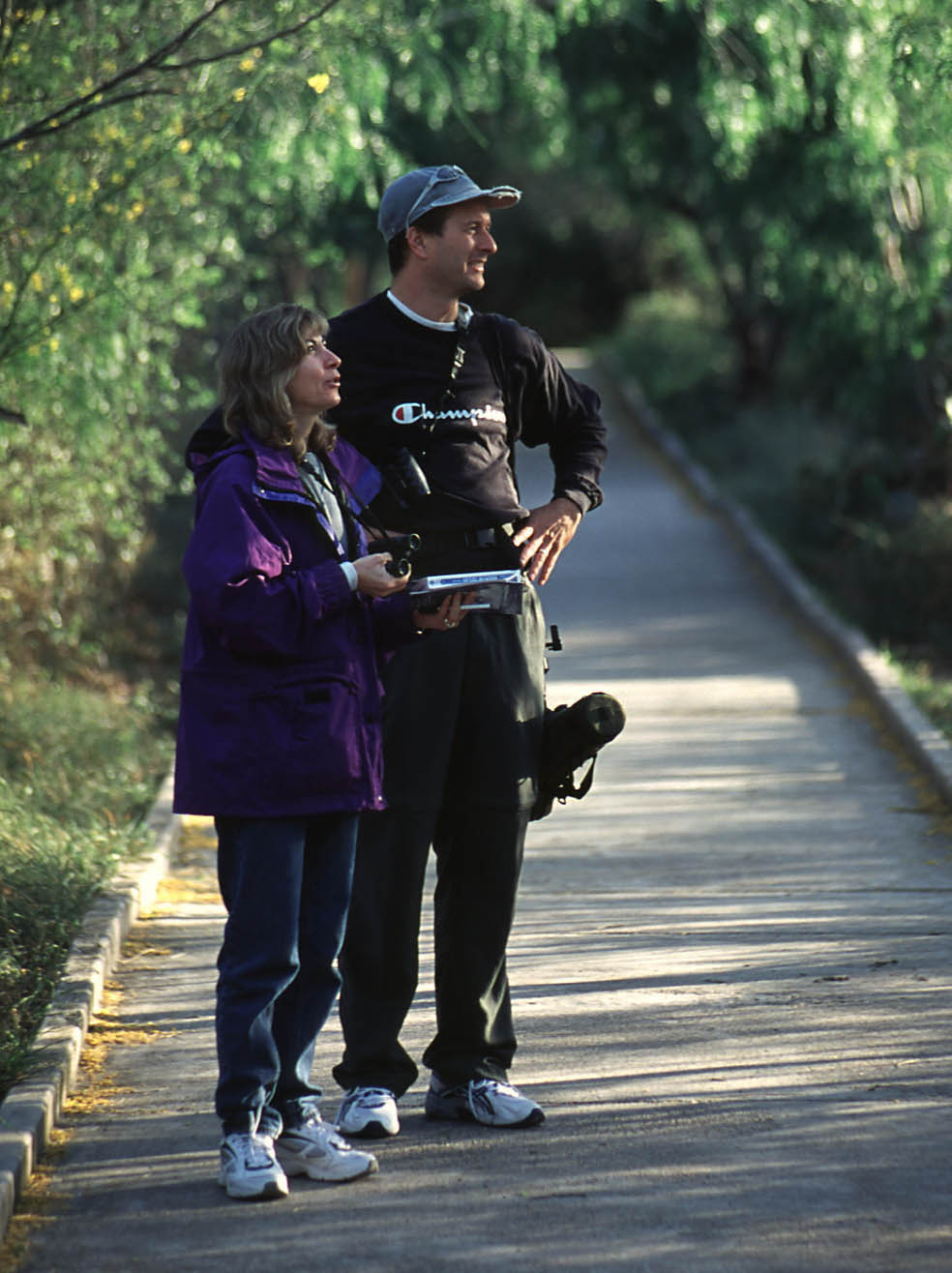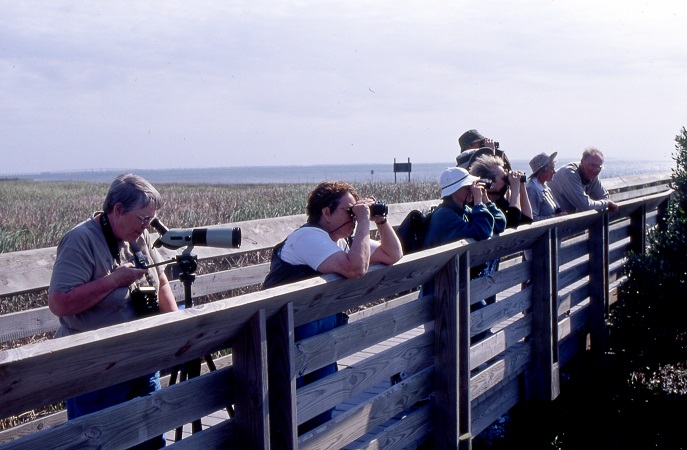TPW TV: Growing Pains
Friday, February 7th, 2014This is Passport to Texas
Some of Texas’ greatest thinkers, including San Antonio Businessman and Philanthropist, Louis Stutman, and Dr. Roger Tory Peterson, Ornithologist, Writer, Educator, talk about striking a crucial balance about the stewardship between our states’ economy and our natural resources.
You’re in an enormously changing environment – doubling a population in your lifetime. With that happening, you’ve got to be sure that those people have jobs, transportation; you’ve got to be sure they’ve got a place to live. And at the same time, to be sure that the wildlife and the other things aren’t frozen out.
You see, we’re the dominant primate; Everything else has to, you might say, do our bidding. The other things have no voice. They’re like children. And it’s a moral thing to protect them, because they have a right to live, too.
Well, certainly you have to make hard choices, but that doesn’t mean they’re impossible choices. As long as you can say to yourself, ‘Look. I want to try to find a good solution,’ rather than saying, ‘this is the way you’re going to do it’ – that’s no solution.
My problem is that I don’t understand this thing of growth, because growth eventually kills itself jut by size.
Hear more from Mr. Stutman and Dr. Peterson on the TPW TV series on your PBS station. Check local listings.
That’s our show for today… Funding provided in part by Ram Trucks. Guts. Glory. Ram. For Texas Parks and Wildlife, I’m Cecilia Nasti.







 Passport to Texas is a
Passport to Texas is a  Passport to Texas is made available by:
Passport to Texas is made available by: